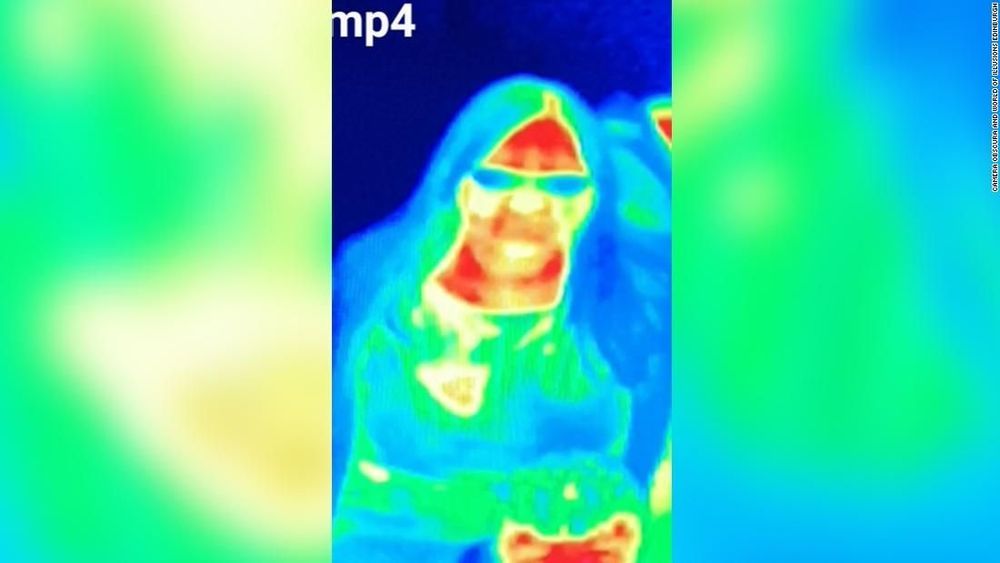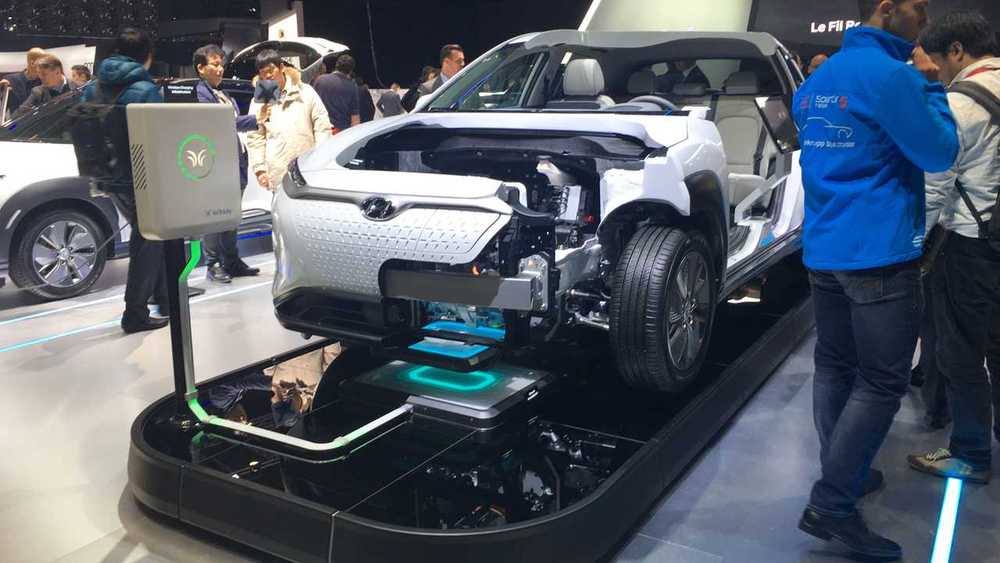You don’t need to be a speed freak to appreciate this stellar gaming mouse, with its new 20,000 dpi sensor, class-leading 650 IPS speed rating and improved wireless.



For the first time, a freshly made heavy element, strontium, has been detected in space, in the aftermath of a merger of two neutron stars. This finding was observed by ESO’s X-shooter spectrograph on the Very Large Telescope (VLT) and is published today in Nature. The detection confirms that the heavier elements in the Universe can form in neutron star mergers, providing a missing piece of the puzzle of chemical element formation.
In 2017, following the detection of gravitational waves passing the Earth, ESO pointed its telescopes in Chile, including the VLT, to the source: a neutron star merger named GW170817. Astronomers suspected that, if heavier elements did form in neutron star collisions, signatures of those elements could be detected in kilonovae, the explosive aftermaths of these mergers. This is what a team of European researchers has now done, using data from the X-shooter instrument on ESO’s VLT.
Following the GW170817 merger, ESO’s fleet of telescopes began monitoring the emerging kilonova explosion over a wide range of wavelengths. X-shooter in particular took a series of spectra from the ultraviolet to the near infrared. Initial analysis of these spectra suggested the presence of heavy elements in the kilonova, but astronomers could not pinpoint individual elements until now.



A trip to a tourist attraction in Scotland turned out to be a life-changing moment for one woman after a thermal camera detected she had breast cancer.
Bal Gill, 41, was looking back over images from her trip to Camera Obscura and World of Illusions, in Edinburgh, when she noticed a heat patch over her breast.

“If you are not convinced by the idea of reductive materialists that consciousness magically emerges from complexity in material structures or processes or if you are not satisfied with the viewpoint of idealists that matter is a mere thought form, then the present hypothesis may be something for you,” writes Dr. Antonin Tuynman when presenting his new book The Ouroboros Code. https://www.ecstadelic.net/top-stories/the-ouroboros-code-se…f-the-game #OuroborosCode
In “The Ouroboros Code” I will address the cybernetic dynamics of consciousness. Starting from the premise that Consciousness is the Ontological Primitive, I will propose mechanisms which may explain how a digital mathematical and material existence can be generated. Digging into Category Theory, Computational Simulacra and Quantum Computing, I will explore the mechanics of self-sustaining self-referential feedback loops as the Modus Operandi of Consciousness.
Let’s dive in the vortex of kaleidoscopic reflections, the wormhole of a dazzling “mise-en abyme” of recursiveness and the roller-coaster of the quantum non-locality. Explore the map which is the territory simultaneously by drawing your map of maps. Discover the non-dual bridge closing the gap between Science and Spirituality.
-Antonin Tuynman, PhD

Lab-grown meat is coming to your plate, and thanks to a new breakthrough in its development, it may feel like traditional meat.
Researchers at Harvard University have discovered a way to use edible gelatin scaffolds to mimic real meat’s texture and consistency. The team used cow and rabbit muscle cells on the scaffolds to recreate the long, thin fibers that give meat its distinctive feel.
The research was published Monday in the journal NPJ Science of Food. Kit Parker, senior author of the study, said in a statement that he first started thinking about the idea after being a judge on the Food Network.

After almost two years mired in extensive peer review, a landmark new study just published in the prestigious journal Nature is strongly associating excessive neural activity with shorter lifespans. The study suggests a protein known to suppress neural excitation affects a number of longevity pathways, effectively slowing the aging process.
The impressive research started several years ago with a gene expression study of post-mortem human brain tissue from hundreds of subjects. All the subjects were cognitively normal at the time of death. Bruce Yankner, senior author on the new study, says one thing quickly stood out to his team – the longer a person lived, the lower their expression of genes connected to neural excitement.
More specifically, the researchers identified upregulation of a protein called REST in the brains of those longest-lived subjects. REST first came to the attention of the research team back in 2014. The protein’s role in the brain was generally thought to only play a part in prenatal neurodevelopment, regulating the expression of genes in a developing brain.

WiTricity, a wireless power transfer specialist, announced licensing and technology transfer agreements with Green Power, which gears up for wireless charging of electric vehicles in South Korea.
Green Power is already engaged in wireless charging systems of vehicles from 1 to 300 kW, but not yet in electric cars, which might be possible using 11 kW WiTricity DRIVE 11 system.
As we can see in the image above, WiTricity’s wireless charging was already demonstrated in South Korea with Hyundai Kona Electric, but it’s probably still too early to judge that such an option is coming.

Reader, Tamia Boyden asks this question:
In the 90s, how could we access the internet without WiFi?
This post began as an answer to that question at Quora. In the process of answering, I compiled this history of public, residential Internet access. Whether you lived through this fascinating social and technical upheaval or simply want to explore the roots of a booming social phenomenon, I hope you will find the timeline and evolution as interesting as I do.
I have included my answer to Tamia’s question, below. But first, let’s get a quick snapshot of the highlights. This short bullet-list focuses on technical milestones, but the history below, explains the context, social phenomenon and implications.